When you think of kitchen essentials, items like pots, pans, and utensils often come to mind. However, one of the most underrated yet vital tools in the kitchen is the humble trivet. It may seem small and insignificant, but a trivet plays a critical role in protecting your surfaces from heat damage while adding a touch of style to your dining experience. Let’s dive into the rich history, uses, and modern adaptations of this essential kitchen accessory.
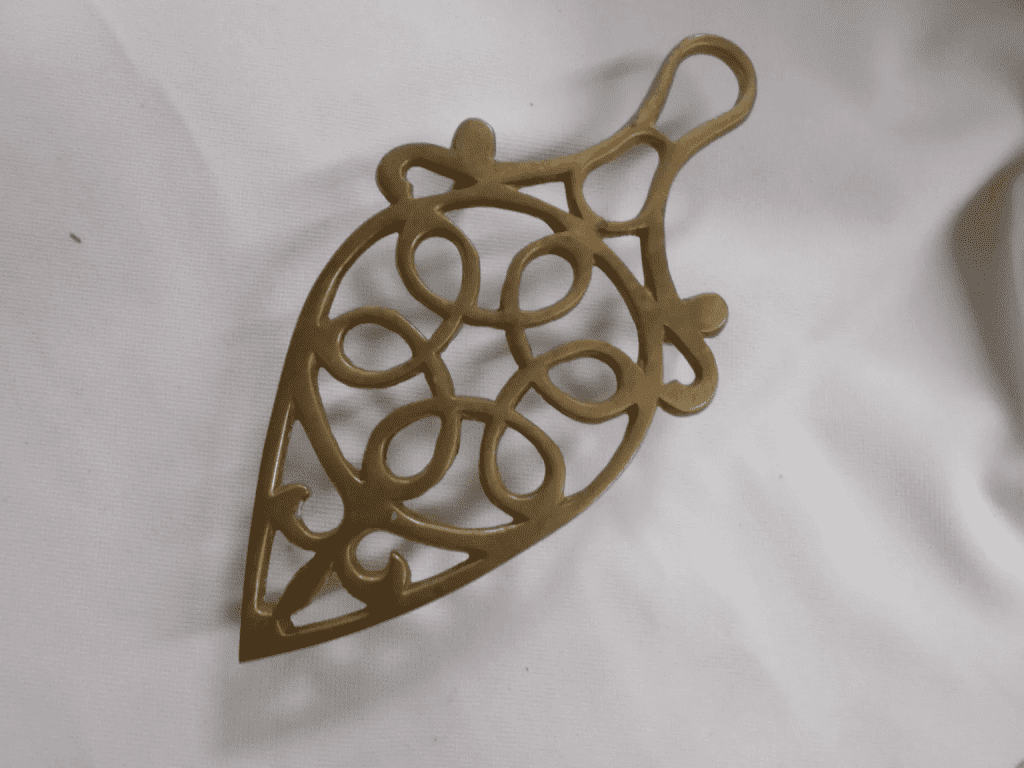
What is a Trivet?
A trivet is a small, often elevated platform placed between a hot dish and your dining table or countertop to protect the surface from heat. Traditionally, trivets are designed with three or four legs to slightly elevate the dish, preventing direct contact with the surface. The word “trivet” itself comes from the Latin word tripes, meaning “tripod,” which reflects the three-legged designs of earlier models. This simple yet effective tool has been around for centuries, playing a key role in kitchens across cultures.
A Rich Historical Background
Ancient Origins
Trivets have been used in kitchens for thousands of years. In ancient China, metal trivets—referred to as “fire stands”—were discovered in the tomb of Zhao Mo, a 2nd-century BCE ruler. These early trivets were used to elevate cooking pots above open fires, ensuring even cooking and preventing the pots from tipping over. Their functionality was essential for cooking, making them a staple in early kitchens.
Medieval Europe
During the Middle Ages, trivets evolved into more intricate designs made from materials like wrought iron and brass. These trivets not only served practical purposes but also showcased the craftsmanship of the time. Artisans would create beautiful, elaborate designs that doubled as kitchen tools and decorative pieces.
Colonial America
In early American homes, trivets became indispensable. Crafted from wood or ceramic, these trivets were used to serve hot dishes while protecting wooden tables from heat damage. Many colonial trivets were designed to blend functionality with home aesthetics, making them both useful and attractive. The designs reflected the simple yet elegant style of the era, proving that trivets have always had a place in kitchen history.
Contemporary Uses of Trivets
While trivets have a long history, they remain just as essential in modern kitchens. Here’s how they continue to serve multiple functions:
Heat Protection
The primary role of a trivet has always been to protect surfaces from heat damage. Whether you’re placing a hot casserole dish on the dining table or setting down a freshly baked pie, a trivet acts as a barrier between the heat and your table, preventing burns, stains, or other damage.
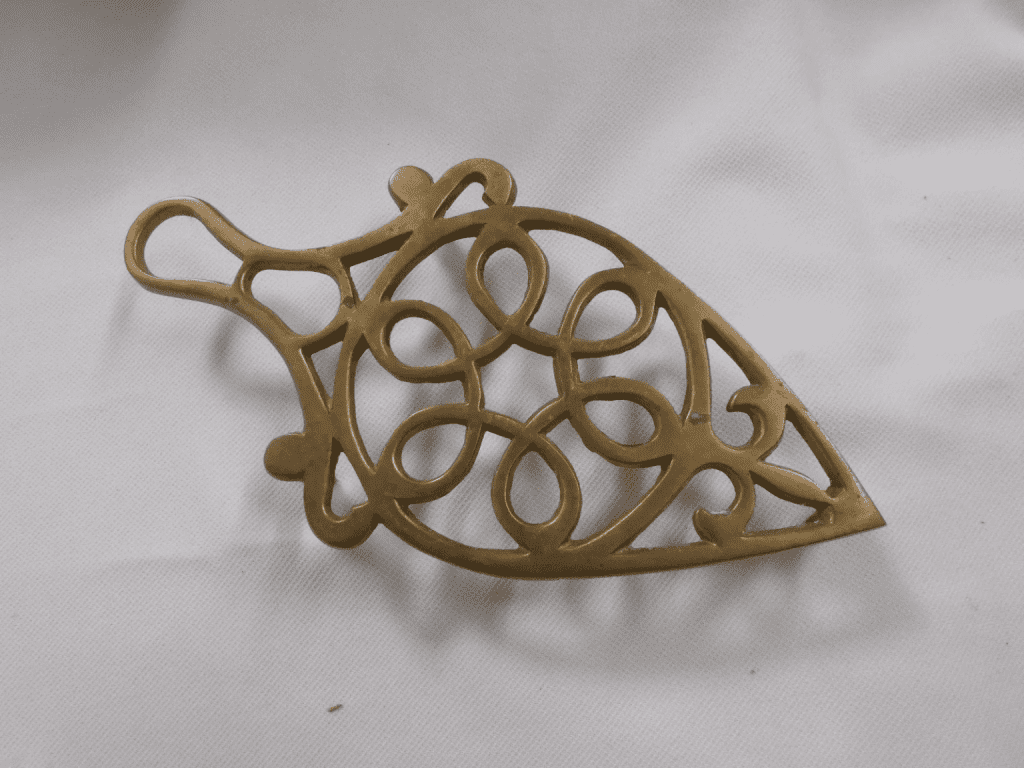
Design Variety
Today, trivets come in a wide variety of materials and designs. You can find rustic wooden trivets, sleek metal versions, or even colorful silicone options. This variety allows you to choose a trivet that complements your kitchen or dining room decor. Whether you’re going for a modern, minimalist look or something more traditional, there’s a trivet to match your style.
Versatility in the Kitchen
Trivets are versatile tools that go beyond just protecting your dining table. They can be used as cooling racks for baked goods, bases for hot pots and pans on countertops, or even decorative elements when not in use. Their versatility makes them indispensable in any well-stocked kitchen.
Choosing the Right Trivet
Selecting the right trivet involves more than just choosing one that looks good. You’ll want to consider the material, durability, and design to ensure you pick one that suits your needs.
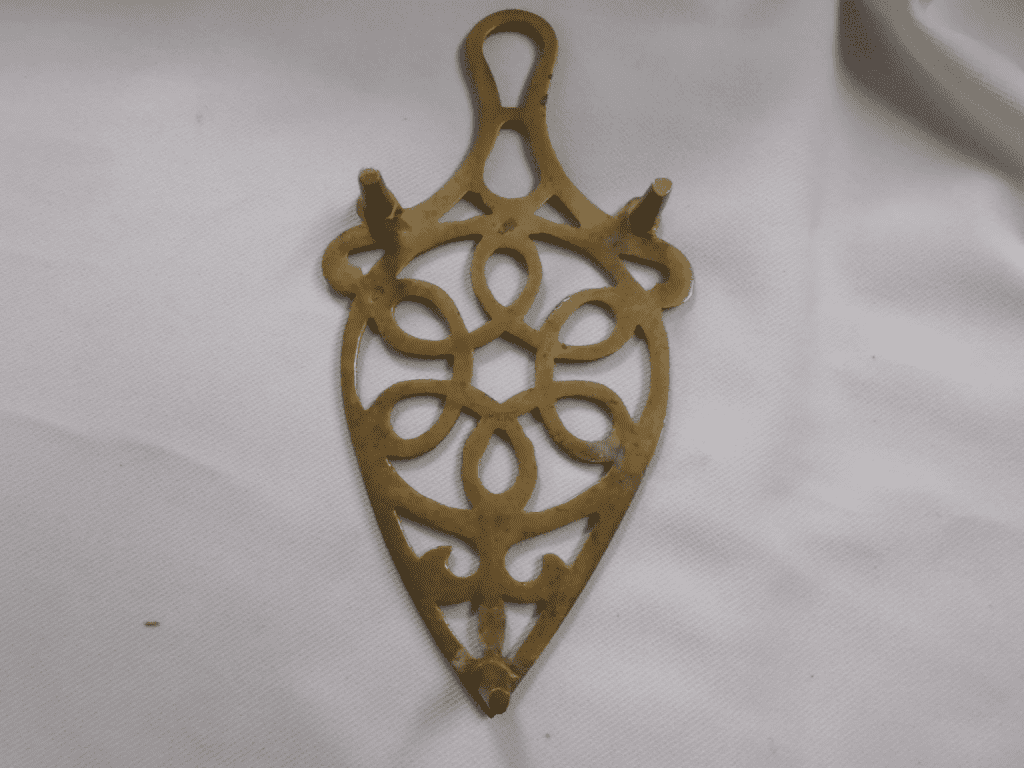
Material Options
- Wood: Wooden trivets offer a classic and rustic look, but they may not withstand very high heat. They’re perfect for moderate warmth but can be damaged if exposed to extreme temperatures.
- Metal: Durable and heat-resistant, metal trivets—like those made from cast iron or stainless steel—can handle hot dishes straight out of the oven. They’re also easy to clean and maintain.
- Silicone: Flexible, heat-resistant, and easy to clean, silicone trivets are a modern option. They come in various colors and designs, adding a contemporary feel to your kitchen.
Aesthetic Appeal
In addition to functionality, choose a trivet that complements your kitchen’s overall look. A well-designed trivet can serve as a centerpiece, enhancing the visual appeal of your meal service. Whether you prefer sleek, modern designs or something more rustic, there’s a trivet that will add charm to your dining table.
Modern Adaptations of the Trivet
As kitchen design has evolved, so has the trivet. These small tools have adapted to modern needs and design trends, offering more than just heat protection.
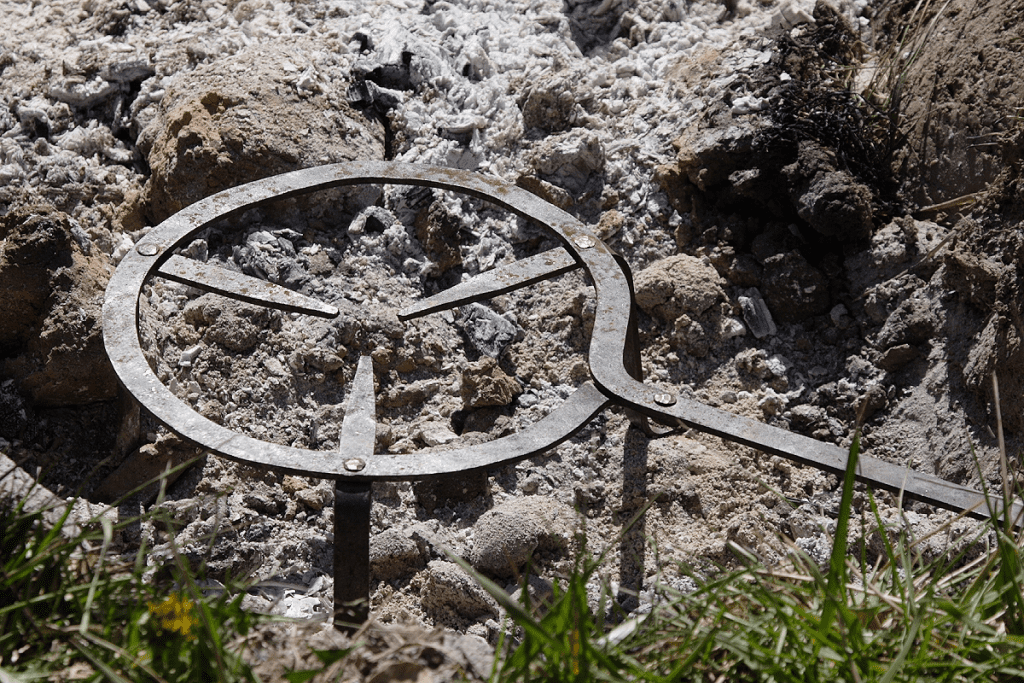
Multi-functional Designs
Many modern trivets are designed to be multifunctional. Some double as pot holders or can even be used as decorative centerpieces when not in use. This versatility adds to their value in a modern kitchen, where space and functionality are often at a premium.
Artistic Styles
Gone are the days when trivets were purely utilitarian. Today, trivets often feature artistic designs that make them stand out as conversation pieces. From geometric patterns to nature-inspired motifs, these trivets are as much a part of your home’s decor as they are kitchen tools.
Sustainable Options
As sustainability becomes a growing concern for consumers, many manufacturers now offer eco-friendly trivets made from recycled materials or sustainably sourced wood. These options cater to environmentally conscious consumers who want to reduce their carbon footprint while still enjoying stylish and functional kitchen tools.
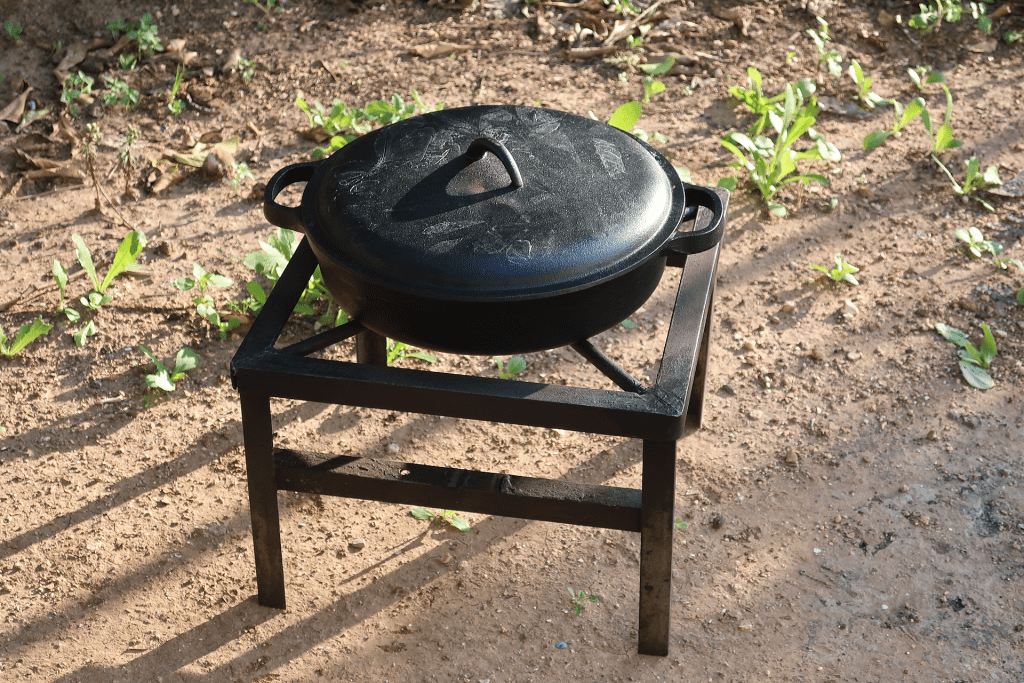
Caring for Your Trivet
To ensure your trivet lasts and continues to serve you well, it’s important to care for it properly.
- Wood Trivets: Clean with a damp cloth and avoid soaking in water. Occasionally apply mineral oil to maintain the wood’s finish and prevent cracking.
- Metal Trivets: Clean with soap and water, then dry immediately to avoid rusting. Some metal trivets may also benefit from occasional oiling to keep them in good condition.
- Silicone Trivets: Dishwasher safe, these trivets are incredibly easy to clean. Simply toss them in with your regular dishes for effortless maintenance.
Conclusion
Though small, the trivet is a kitchen essential that shouldn’t be overlooked. It’s a tool that not only protects your surfaces from heat damage but also enhances your dining experience with its aesthetic appeal. From its rich historical origins to its modern-day versatility, the trivet remains a vital accessory in any kitchen. So next time you serve a hot dish, take a moment to appreciate the trivet—this unsung hero of the kitchen that blends functionality with beauty.


